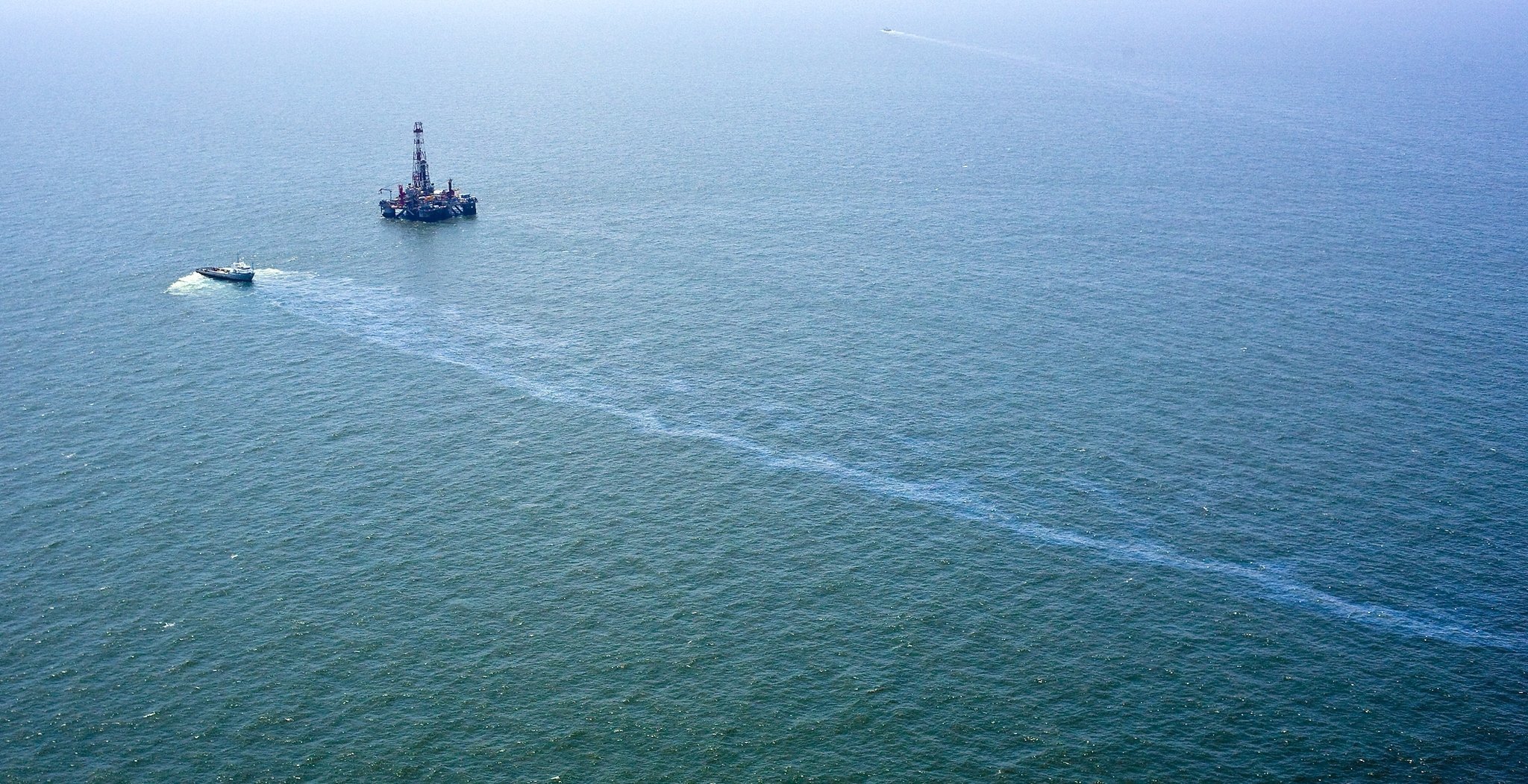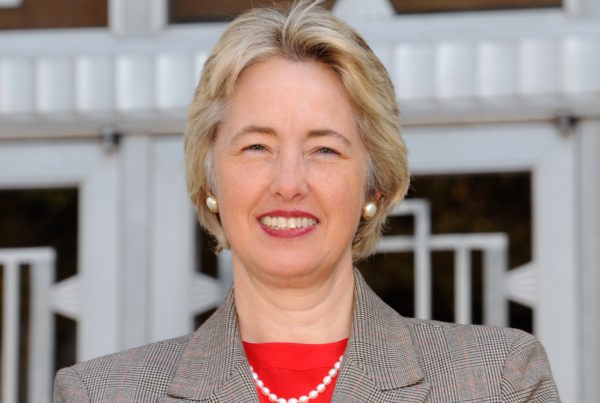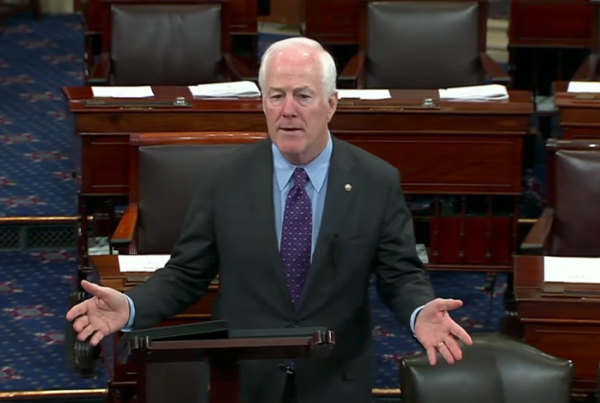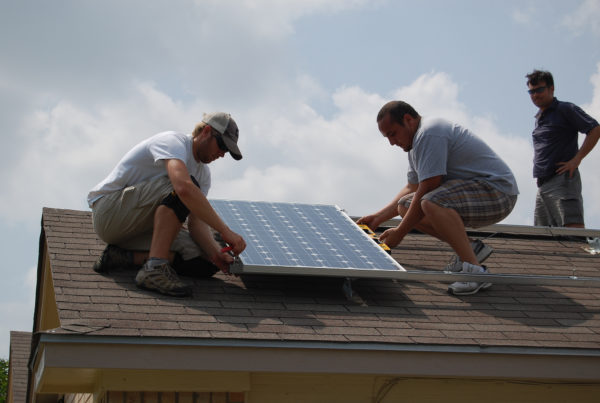At a recent U.S. House hearing, Interior Department official Katharine MacGregor outlined the new administration’s vision for offshore drilling.
“Dominance is defined as exerting authority or commanding from a superior position,” she said. “Dominance does not stem from eliminating areas from future production.”
MacGregor, the department’s Acting Assistant Secretary for Land and Minerals Management, is helping develop a new five-year program for federal offshore oil and gas leases.
The plan would allow drilling in currently off-limits parts of the Arctic and Atlantic coasts, but companies might not want to expand right now with oil prices so low.
“That’s caused the projects that are being pursued in the Gulf of Mexico to really taper off,” says Jenna Delaney, senior oil analyst with S&P Global Platts Analytics.
“We’ve seen a lot of projects either be delayed or cancelled. Companies are still really focusing in on what is the most economic place to drill, where can they have that fast return on investment,” she says.
It’s easier to make money on-shore in a low-price environment, so companies aren’t focused on the decades-long investments required for new offshore drilling.
Delaney says off-shore projects are still valuable, but on longer timelines, so companies know to not base their calculations solely on the policies of a particular administration.















